!– DO NOT DELETE THIS Underbrush Removal 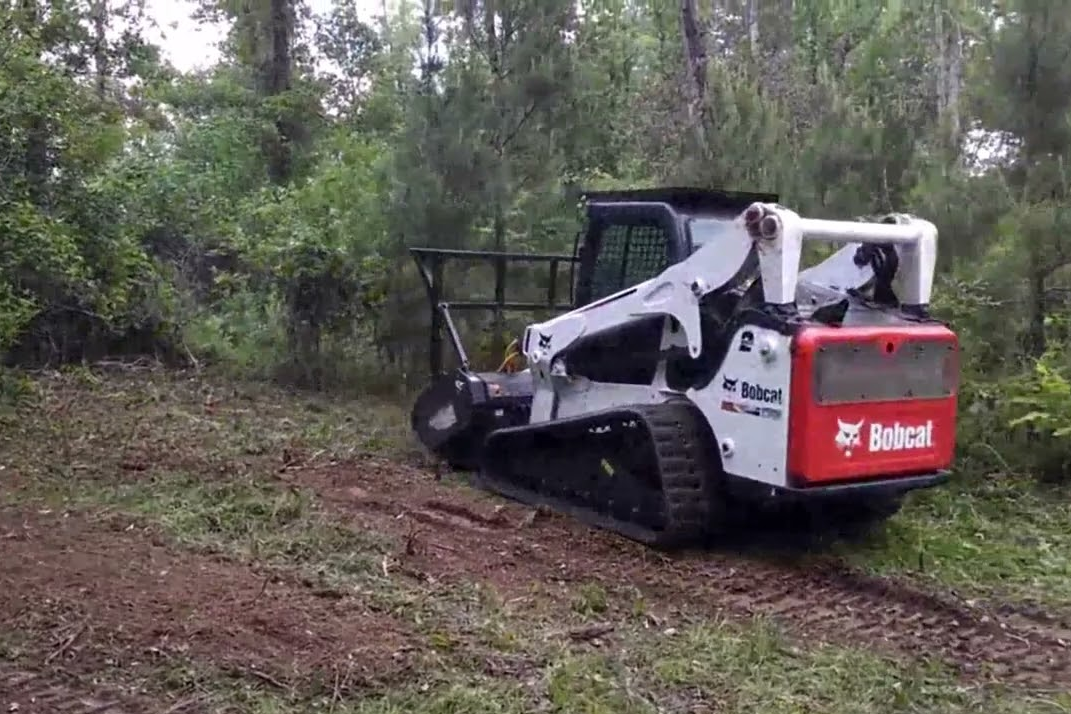 Underbrush removal refers to the process of eliminating smaller vegetation such as shrubs, bushes, saplings, vines, and weeds that grow beneath the canopy of larger trees in a forested or wooded area. This activity is commonly undertaken to improve the health of a forest, reduce fire hazards, enhance visibility, or prepare land for specific uses like recreation or construction. Underbrush can compete with larger trees for nutrients and sunlight, and removing it can help the more desirable plants to thrive. It can also reduce the risk of forest fires by eliminating the "ladder fuels" that allow fires to climb from the ground to the tree canopy. In residential settings, underbrush removal can make wooded areas more accessible and aesthetically pleasing, and in agricultural contexts, it can help to clear land for grazing or planting. Methods of Underbrush Removal
Storm Cleanup 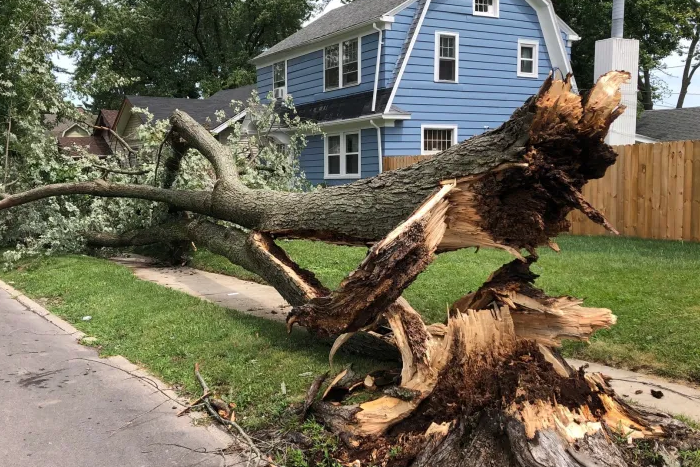 Whenever a serious storm happens, it can have a devastating impact on your property. If you have trees, not only will they be damaged, but they may also end up crashing into your home and destroy your landscape. If a storm affects you, do not hesitate to call us for professional cleanup. We live up to our name and we will work with devotion to restore your property to its initial state. Our arborists will help you deal with the damaged trees. Learn More About Storm CleanupWhen you call us, we will assess the damage to determine the best approach. The aftermath of a storm may include broken limbs, fallen trees, and leaves that are scattered all over your property. As much as you may desire to clean up your property, you may not have the experience, tools or skills to carry out the task. Furthermore, this is a dangerous task and you may end up with injuries or more damages. Just give us a call and we will gladly partner to make your home clean again. Forestry Mulching 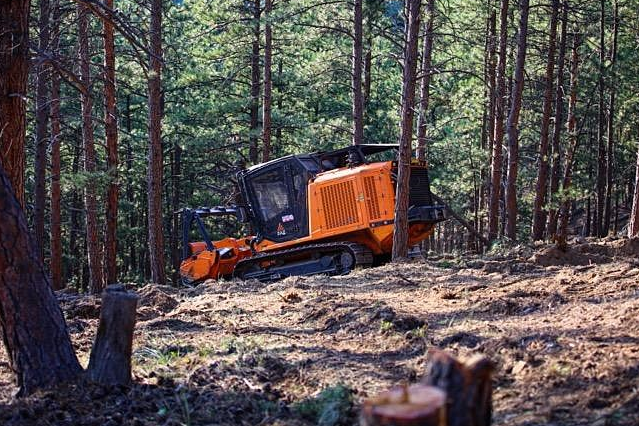 Forestry mulching is a land clearing method that uses a single machine to cut, grind, and clear vegetation. A forestry mulcher is a specialized piece of equipment that's often mounted on a skid steer, tractor, or excavator. Unlike traditional land-clearing operations, which often involve several steps and types of equipment (such as bulldozers, chainsaws, and wood chippers), forestry mulching can accomplish the same goals in fewer steps with less equipment. The machine is equipped with a rotating drum or disc that has teeth or blades designed to shred vegetation upon contact. It can clear underbrush, small trees, shrubs, and stumps, turning them into mulch on-site. The mulch is then typically spread over the cleared area, helping to prevent erosion, retain moisture in the soil, and limit the regrowth of weeds and other unwanted vegetation. Forestry mulching is commonly used for
Commercial Clearing  Commercial clearing of land refers to the process of removing vegetation, trees, stumps, and other obstacles from a piece of land to prepare it for commercial uses such as construction, agriculture, or industrial activities. This activity often involves heavy machinery like bulldozers, excavators, and chainsaws to remove large trees, shrubs, and other natural features. In some cases, controlled burns may also be used to clear vegetation. Learn More About Commercial ClearingThe purpose of commercial land clearing varies and could be for creating building sites for offices, shopping centers, factories, or housing developments. It could also be for agricultural activities like farming or ranching, where large tracts of land need to be cleared for planting crops or grazing animals. Commercial land clearing often requires permits and must adhere to various regulations to mitigate environmental impact. Sustainable land management practices, like selective clearing or replanting of native species, are increasingly being adopted to balance commercial needs with environmental protection. Homesite Clearing Homesite clearing refers to the process of preparing a specific area of land for the construction of a residential home. This involves the removal of obstacles such as trees, shrubs, rocks, and other vegetation or debris to create a level and accessible site where a house and possibly other structures like garages or sheds can be built. The cleared land may also need to accommodate additional elements like driveways, septic systems, or wells. Methods for Homesite Clearing
Right Of Way Clearing 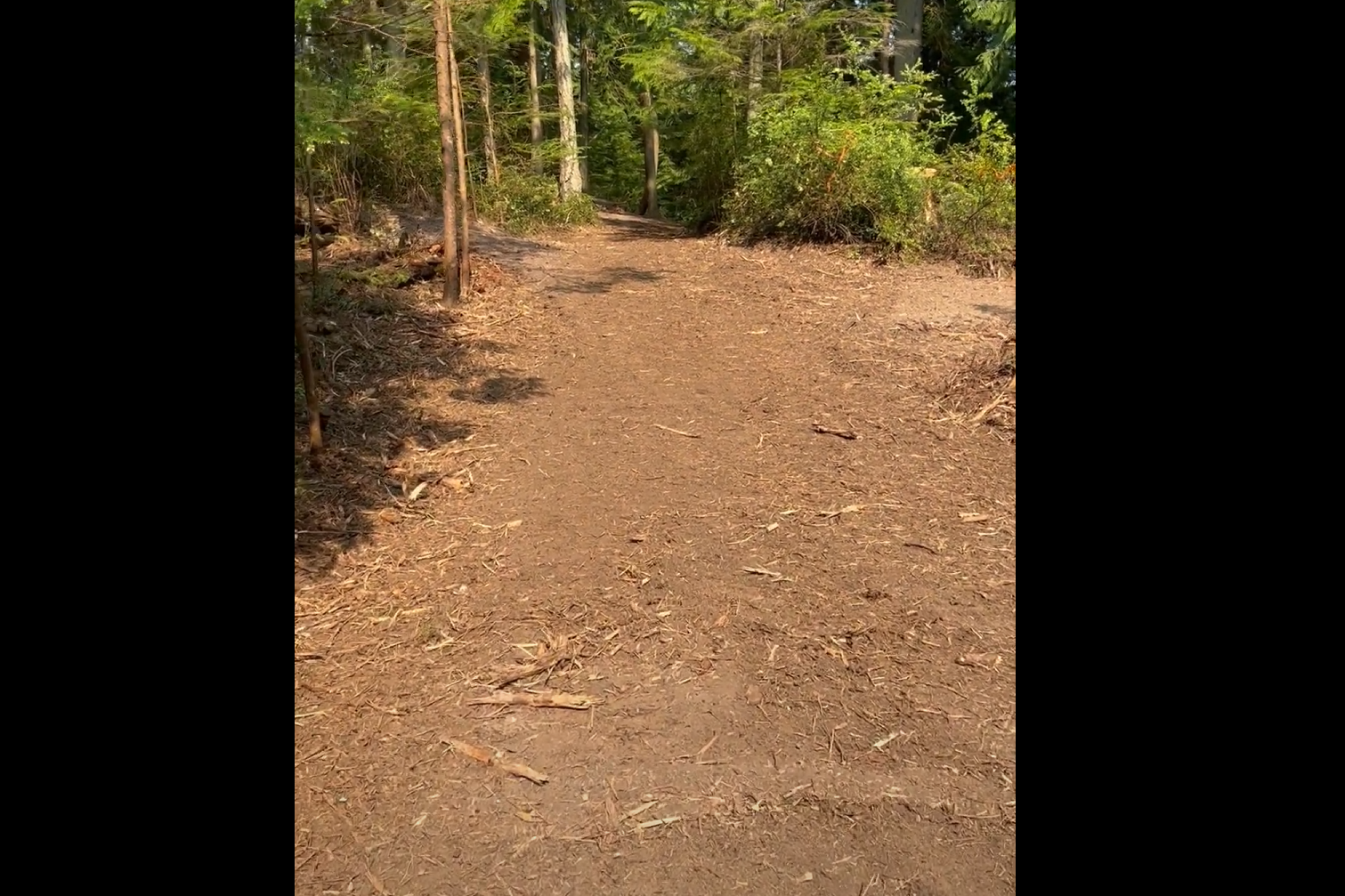 Right-of-way (ROW) clearing refers to the process of removing trees, shrubs, and other vegetation from a designated corridor of land to make way for the construction or maintenance of various types of infrastructure. This could include roads, highways, pipelines, power lines, railways, and waterways. The term "right-of-way" indicates that a particular entity—often a governmental organization or utility company—has the legal right to use or pass through a specific tract of land for these purposes The Main Objectives Of Right-of-Way Clearing are
Methods for Right-of-Way Clearing
Invasive Species Removal Invasive species removal in the context of forestry refers to the systematic identification and eradication of non-native plant species that have established themselves in a forest ecosystem and are causing harm to native flora. These invasive plants often outcompete, displace or otherwise negatively affect native plants, leading to reduced biodiversity and altering forest structure and function. Methods for Invasive Plant Species Removal
Land Clearing 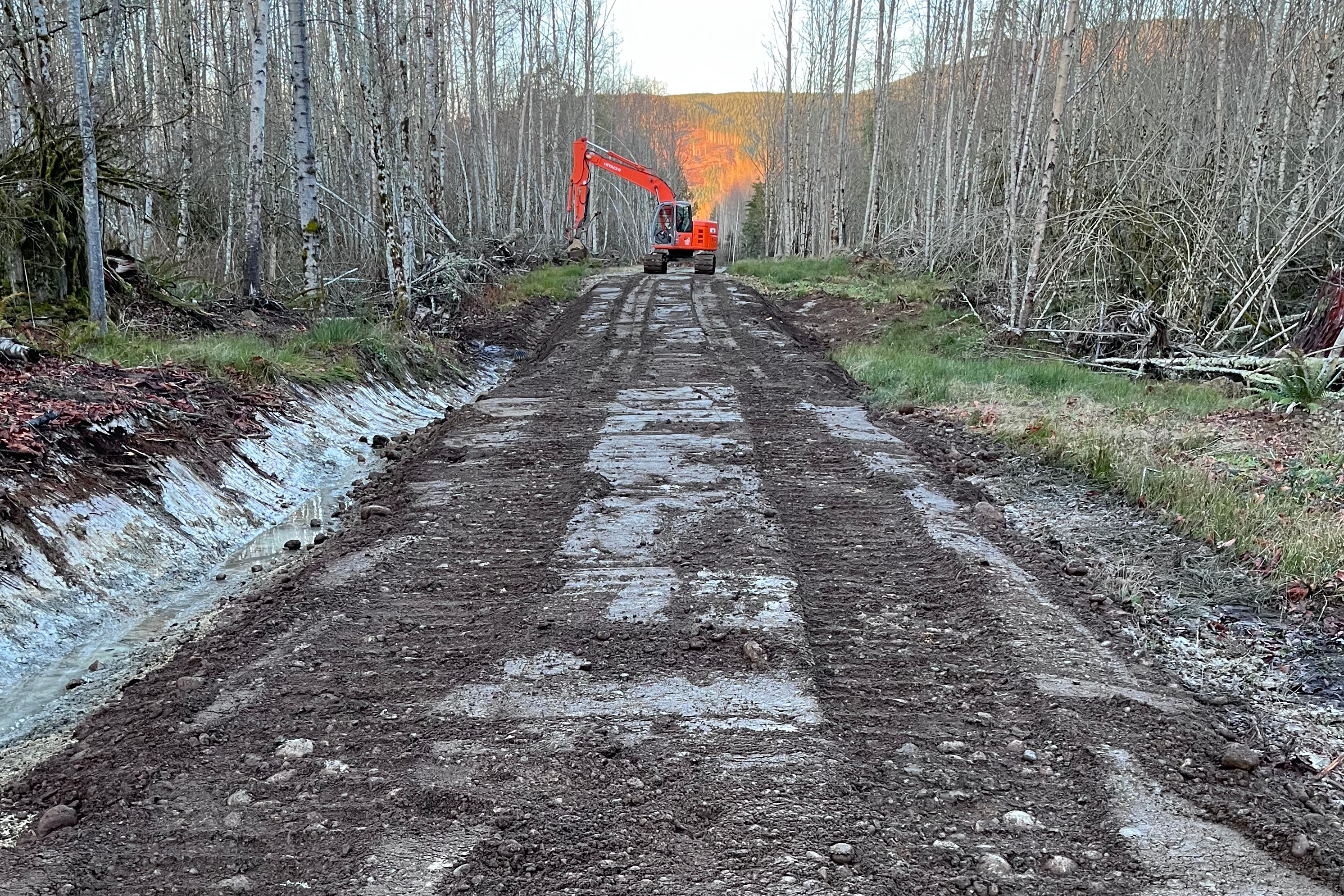 Land clearing is the process of removing various obstacles—such as trees, shrubs, stumps, rocks, and other vegetation or debris—from a plot of land to make it suitable for a specific purpose. This purpose can range from agricultural activities like farming to construction projects, including residential, commercial, or industrial developments. The goal is to create a clean, level area that meets the requirements for its intended use. Methods of Land Clearing:
Land clearing is often the first step in preparing a site for its intended use. Logging Cleanup 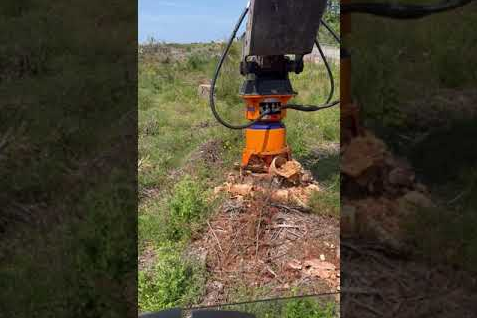 Logging cleanup refers to the set of activities performed after trees have been cut down in a logging operation, aimed at managing the waste and leftover materials in the harvested area. The process is essential for reducing fire hazards, preventing soil erosion, enhancing aesthetics, and sometimes even complying with local, state, or federal regulations. It can also serve to prepare the land for future uses, whether that's replanting trees in a managed forest or converting the land to another purpose. Key Components of Logging Cleanup
Wildfire Prevention 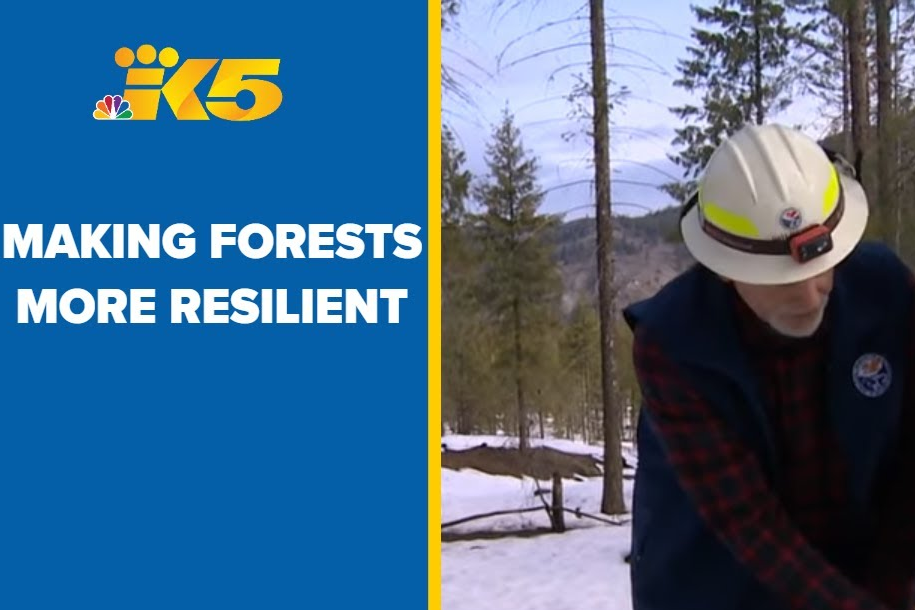 Wildfire prevention in the context of forestry involves a range of practices and strategies aimed at reducing the risk of uncontrolled fires starting, spreading, or causing extensive damage in forested areas. The goal is to protect both the forest ecosystem and human communities, while also preserving the economic value of the forest. Given the increasing frequency and intensity of wildfires due to climate change, effective prevention measures are more important than ever. Key Methods of Wildfire Prevention in Forestry
Wildfire prevention in forestry is a multifaceted approach that requires careful planning, execution, and ongoing management. By using a combination of mechanical treatments, controlled burns, and public awareness initiatives, forestry professionals aim to mitigate the risk of wildfires and protect both the forest and adjacent communities. |


